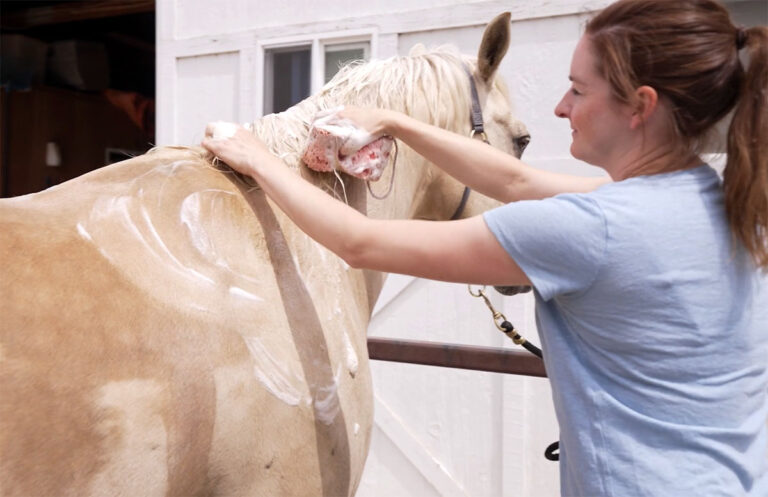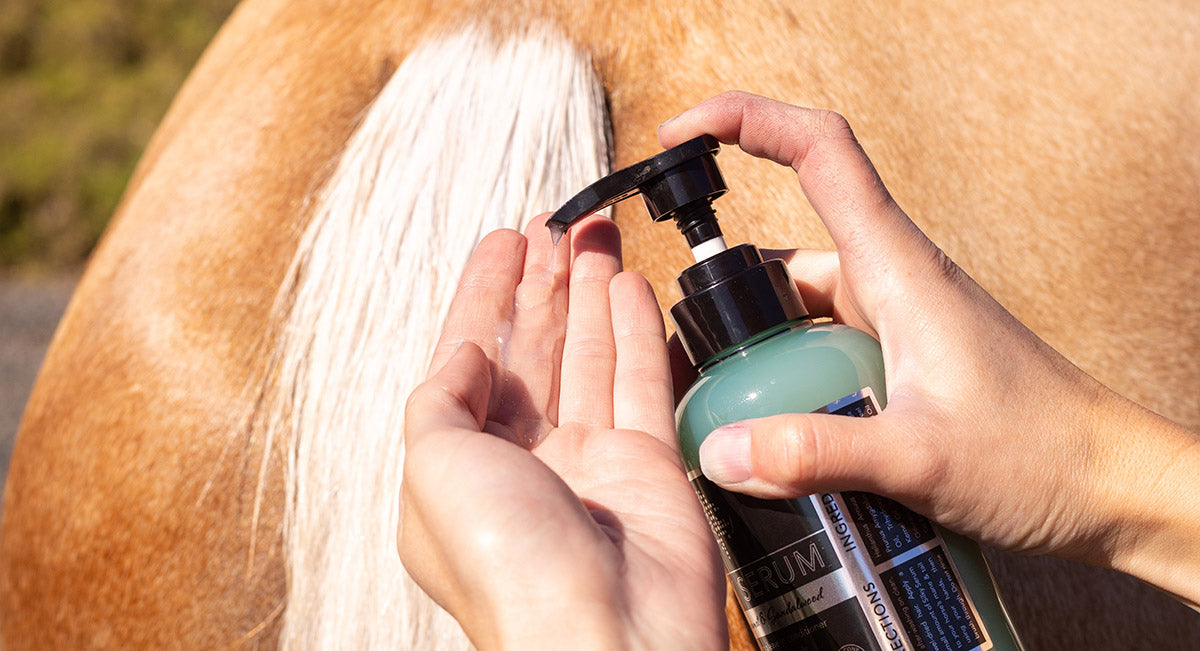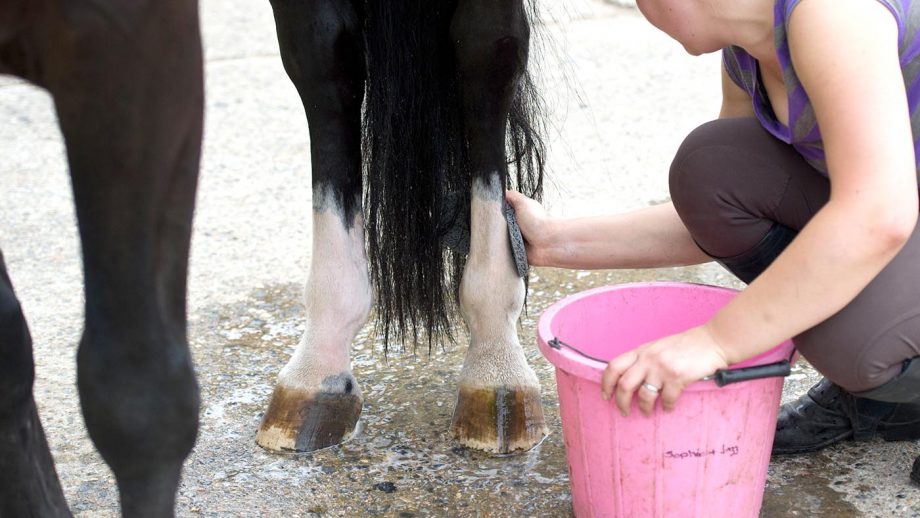As horse enthusiasts, understanding the utility of saddle pads is essential. They play a vital role in ensuring comfort and protection for both horse and rider. So, why do we use saddle pads? Let’s delve into their importance, features, and proper usage.
In the early days of horseback riding, riders used minimal padding. However, as awareness of animal welfare and riding comfort grew, so did the innovation in equestrian equipment. Today, saddle pads are indispensable in any riding setup.

The Key Functions of Saddle Pads
Saddle pads are not just pieces of cloth placed under the saddle. They serve multiple functions that enhance the riding experience:
Cushioning and Comfort
One of the primary roles of a saddle pad is to provide cushioning. The layer of padding reduces pressure on the horse’s back, preventing soreness and discomfort. A well-cushioned pad ensures both horse and rider enjoy the ride.
Shock Absorption
In equestrian sports or regular riding, shock absorption is crucial. A good saddle pad absorbs impact, protecting the horse’s muscles and spine. This is especially important in activities like show jumping or endurance riding.
Protection from Friction
Friction between the saddle and the horse can cause painful chafing and sores. Saddle pads act as a barrier, protecting the horses skin and fur from direct contact with the saddle.
Saddle Stability
A saddle pad helps in maintaining saddle stability. It keeps the saddle in place, preventing slippage, which can lead to accidents. For tips on stirrup lengths, check out this guide.
Types of Saddle Pads
Various designs and materials are available to suit different needs:
Western Saddle Pads
These are larger and designed for Western saddles. They come with deeper cushioning for longer rides on rugged terrains.
English Saddle Pads
Used in English riding, they are lighter and more streamlined, providing adequate cushioning without excess bulk.
Gel Pads
Gel pads are known for their superior shock absorption properties and are commonly used in sports like show jumping.
Sheepskin Pads
Preferred for their natural qualities, sheepskin pads offer excellent moisture-wicking, reducing sweat build-up.
Choosing the Right Saddle Pad
Selecting the right saddle pad depends on several factors, including the type of riding, the horses body shape, and any specific needs:
Material Considerations
The choice of material affects comfort and functionality. Cotton and synthetic blends are popular choices for their breathability and durability.
Size Matters
Your saddle pad must fit the saddle properly. An ill-fitting pad can lead to discomfort and misalignment during rides. For guidance on measuring equipment, you can check this measuring guide.
Maintaining Your Saddle Pad
Proper maintenance extends the life of a saddle pad and maintains its effectiveness:
Regular Cleaning
Routinely clean your saddle pad to remove any dirt or sweat accumulation. Follow the manufacturer’s instructions to prevent damage.
Storage Tips
Store pads in a dry and cool location to prevent mold and mildew. Proper storage ensures that the pad maintains its shape and function.

FAQs
How do I choose the right saddle pad?
Consider the riding style, horses body shape, and specific material preferences. Consulting with a professional can also provide guidance.
Can saddle pads improve riding performance?
Yes, they enhance comfort and stability, which can improve overall performance.
Why is pad material important?
The material affects comfort, moisture control, and durability. Choose a material that suits your riding conditions and preferences.
In conclusion, saddle pads are essential for anyone serious about riding. Whether you are a novice or experienced rider, understanding their importance and choosing the right one can greatly enhance your experience. For some extra guidance on related tack and equipment, visit this resource. Happy riding!







